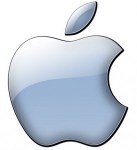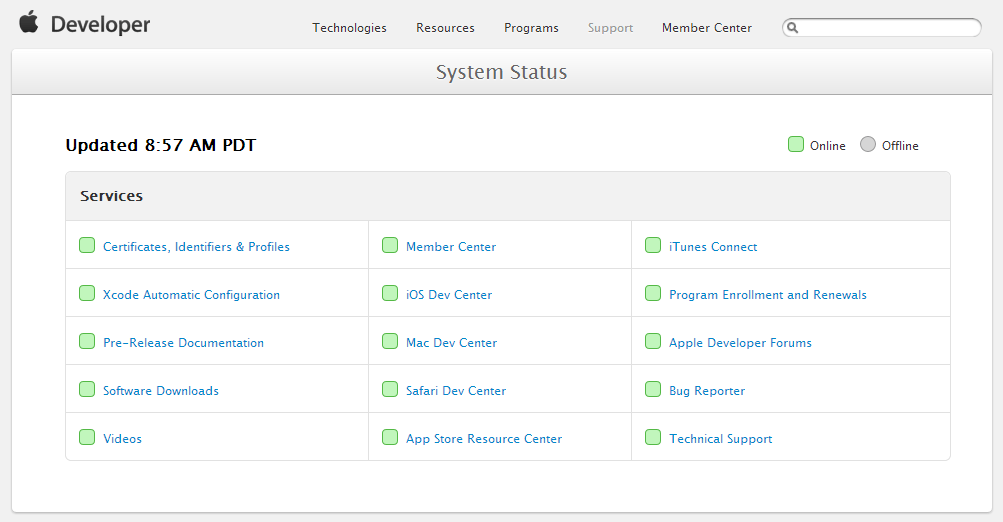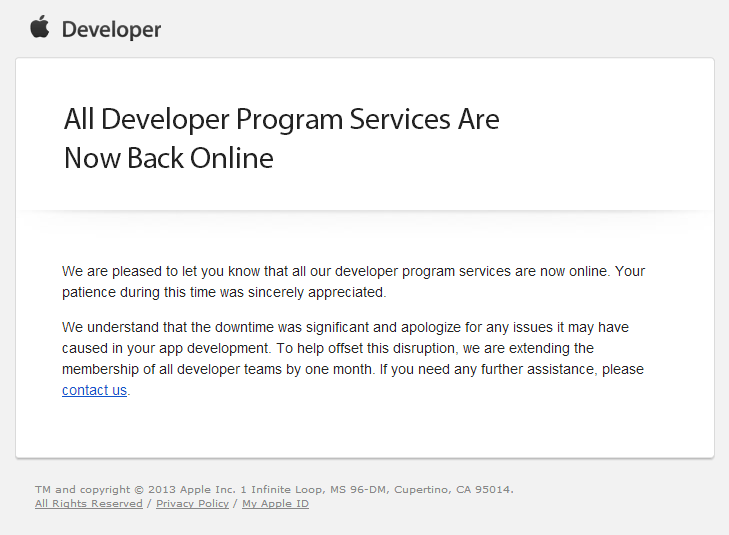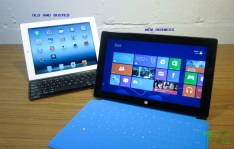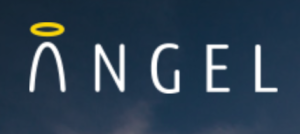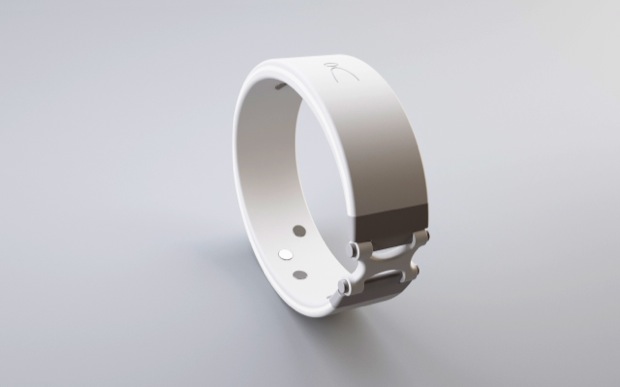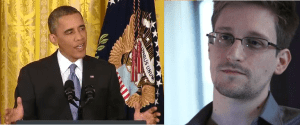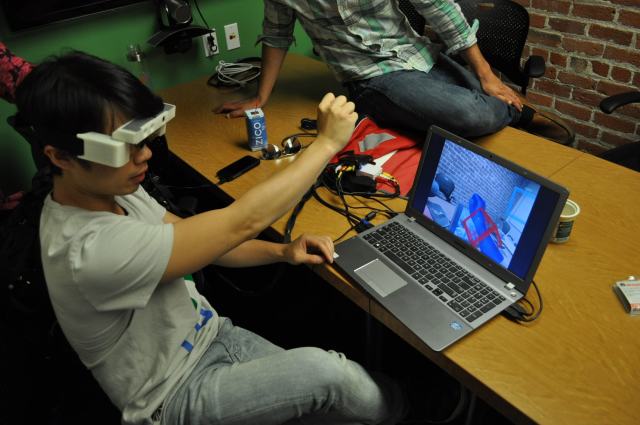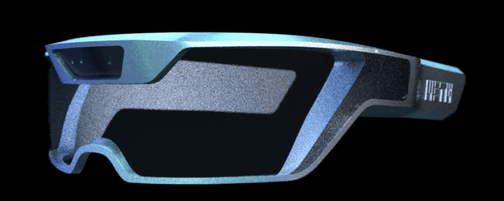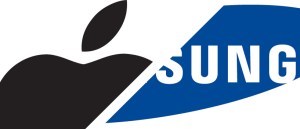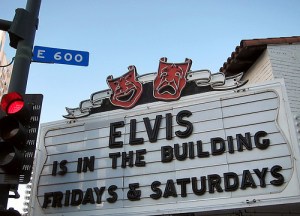
Twenty years ago Tony Hsieh was part of the three-man Harvard team that won the hyper-prestigious ACM Programmming Contest. Five years later he sold LinkExchange to Microsoft for more than $250 million. Then he sold Zappos to Amazon for $1.2 billion, while retaining operational independence.
Now he’s trying to make the desert bloom. And if he fails, we’re probably all in big trouble.
I’m speaking metaphorically. Mostly. The desert in question is the derelict remains of Downtown Las Vegas, which Hsieh is irrigating with $350 million of his own money. The results so far are impressive. (Witness thes TCTV walkthroughs and interviews.) Who knows? Downtown Vegas may one day make BoCoCa and the Mission jealous.
At the same time, this is very much a business investment…of a sort. You could call an investment in building a community where businesses can thrive, but that would be missing the larger point. To me it seems like a $350 million bet on the idea that doing good, having fun, and working more productively are not at all incompatible; that, in fact, they can reinforce one another.
Hsieh has said: “I want to be in an area where everyone feels like they can hang out all the time and where there’s not a huge distinction between working and playing.” It’s easy to mock that, in the same way non-Googlers mock Google’s campus, as an attempt to sucker people into working more for less money. But if you meet the man, as I did last week, it soon becomes clear that Hsieh is very serious about breaking down the barriers between work and play.
Granted, the results can seem faintly terrifying to introverts like me. “I’ll be honest, it’s a bit like living in a dorm,” said the rainbow-haired woman named Heidi who showed a group of us around the luxury condo building which hosts Tony’s own apartment, other members of the Zappos/Downtown Project braintrust, and “crash pads” for visitors. There are bumper-car desks, a “jungle room” with walls covered in growing plants, a podcast/TV studio, spectacular desert views, and–at least the night I was there–live penguins frolicking in the kitchen.
The new district, some two dozen city blocks and counting, will be built to maximize the number of serendipitous collisions among strangers, and would-be entrepeneurs will be measured by their Return On Community more than their return on capital. Little wonder that my more cynical friends describe Zappos and its 1500 employees as “a cult.” The fact that they refer to themselves as “The Zappos Family” doesn’t help.
But there’s a lot here that even curmudgeons can cheer. Raising the urban density to 14 to 100 people per acre. Playgrounds for children, grants for teachers, a whole new magnet school built to foster tomorrow’s entrepeneurs. A shared-car service with 100 Teslas. Down the street they’re building a cafe/theatre where you can “grab a coffee and watch a TED talk” as part of your morning ritual. (OK, I have issues with TED, but that’s a separate post.) A slew of cafes and galleries and restaurants are up and running already, and there’ll soon be a hackerspace to go with the existing fashionspace.
All this in a sprawling urban landscape dotted with sculptures built for Burning Man, an event Hsieh attends regularly. (Full disclosure: so do I.) That’s no coincidence. Burning Man is an excellent example of an environment where the barriers between work and play disintegrate — it’s a bacchanal, yes, but it’s not known as “recreational moving” for nothing. I think it’s fair to interpret the Downtown Project, and Zappos itself, as an attempt by Hsieh to instill and extend the Burner ethos into urban life and the working world.
And he’s been surprisingly successful. People may call Zappos a cult, but by almost all accounts it’s a great place to work. “If success is built on the happiness of one’s employees, then Zappos CEO Tony Hsieh might as well be teaching the class.” (Although recent Glassdoor reviews indicate that some employees are troubled by Hsieh’s new focus on the Downtown Project.)
But there’s a gargantuan elephant in this brave new room, and its name is Amazon. It’s strange to think that Zappos, with its communal-family culture, is a wholly owned subsidiaryof a ruthlessly efficient machine. Amazon’s treatment of its employees recently caused Business Insider–a Jeff Bezos investee–to warn: “Brutal Conditions In Amazon’s Warehouses Threaten To Ruin The Company’s Image.” My friends who used to work there inform me that it doesn’t treat its techies much better. No coincidence that it has the second highest employee turnover among the Fortune 500.
(Yes, Google is fourth on that list, but that’s different. Google employees still benefit from the “Google halo”: having been employed there still immediately makes you more valuable elsewhere, so it can make sense to move on, in much the same way that it can make sense to drop out after a short period at MIT/Harvard/Stanford, because their primary benefit–the prestige–has already been reaped. Former Amazon employees wear no such halo.)
It seems to me that Amazon and Zappos are microcosms of two potential futures of work. On the one hand, you have breathtaking inequality, “peak jobs,” and the bifurcation of the population into a diminishing elite of skilled/tech/finance workers, and a growing mass of low-quality and/or part-time jobs increasingly threatened by technology and international competition. (Both of which also create jobs, of course…but these days, probably not as fast as they destroy them.)
Call that the Amazon future. Or even the Amazon present. It’s what Henry Blodget is talking about when he rants:
Obviously, the folks who own and run America’s big corporations want to do as well as they can for themselves. But the key point is this: It is not a law that they pay their employees as little as possible. It is a choice. It is a choice made by senior managers and owners who want to keep the highest possible percentage of a company’s wealth for themselves.
And then there’s the Zappos future. Its take-home pay still isn’t spectacular; but it’s a future where companies genuinely try to create a social fabric–and safety net–woven from excellent benefits, a thriving culture, a strong community, and the encouragement of entrepeneurs, on the theory that these rewards will eventually redound to companies and their executives. It says a lot about today’s America that this sounds almost impossibly idealistic and starry-eyed. But Tony Hsieh is betting $350 million of his own money on it, and he’s been right once or twice before.
In the end this is largely about what kind of world today’s mega-successful founders, CEOs, and executives desire. Do they want to live in a tiny parallel bubble world cut off from 99% of the planet? That’s easy to arrange, and much more stable than most Americans and Europeans realize. Or–whisper it–might they want to shape, and improve, and be part of, the larger social fabric in which they live, a la Henry Ford? Might that actually be better for everyone, including them? We’ll see. Tony Hsieh’s Downtown Project is a hell of an interesting experiment. I sure hope it doesn’t fail.




